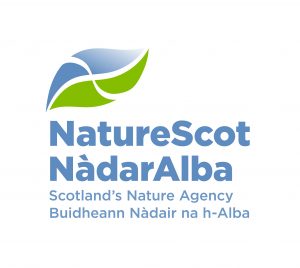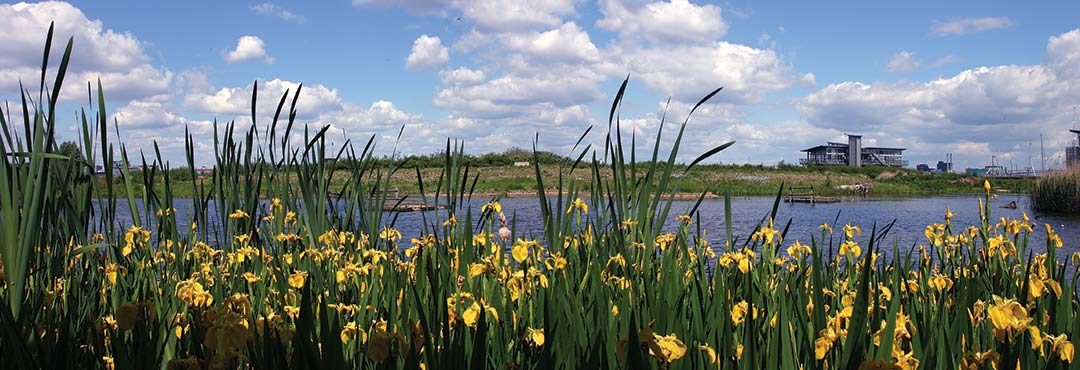 The UK is one of the least wooded countries in Europe with trees and woodland disappearing every day and yet trees offer so many benefits to the environment, resident wildlife and the communities who enjoy them.
The UK is one of the least wooded countries in Europe with trees and woodland disappearing every day and yet trees offer so many benefits to the environment, resident wildlife and the communities who enjoy them.
This is why TCV’s partnership with OVO Energy is so important. This partnership has seen over 3,000,000 native trees planted across the UK by thousands of volunteers, community groups and staff. The ‘I Dig Trees’ programme provides free tree packs for community groups to plant in their local green space and also opportunities for people to volunteer at organised tree planting events.
 The Conservation Volunteers works in partnership with The Land Trust to manage some of their key sites in England. Together we have created a vibrant array of landscapes and habitats for the local communities to enjoy, including wetlands, woods, heaths, meadows and parkland.
The Conservation Volunteers works in partnership with The Land Trust to manage some of their key sites in England. Together we have created a vibrant array of landscapes and habitats for the local communities to enjoy, including wetlands, woods, heaths, meadows and parkland.
Seven of these important green spaces are in South Yorkshire and have been created over 20 years, through the reclamation and landscaping of former coal mining sites. The sites have been transformed to create a vibrant natural environment which supports a wide range of wildlife.
Together our vision is to make the most of these green spaces and everything they have to offer by engaging individuals and organisations to maximise the environmental and community benefits.

A majority of Scotland’s population live within the Central Belt, which includes Glasgow, the Forth Valley and Edinburgh. Here, TCV is addressing urban biodiversity loss and enhancing the connectivity between nature and people, including those living in some of our most disadvantaged communities. Supported by NatureScot and the Scottish Government, a diverse range of participants are involved, including TCV ‘regulars’, school pupils, trainees, employee volunteers, retirees, refugees, and disability groups.
Activities on the ground include tree and hedge planting, greening vacant land, sowing wildflower meadows, woodland management, creating new habitats, and clearing invasive non-native species. And there are Citizen Science sessions, training courses and community events to further widen public participation. Through the Urban Biodiversity Improvement Plan we are creating more connected and thriving greenspaces in the heart of our towns and cities.


 The UK is one of the least wooded countries in Europe with trees and woodland disappearing every day and yet trees offer so many benefits to the environment, resident wildlife and the communities who enjoy them.
The UK is one of the least wooded countries in Europe with trees and woodland disappearing every day and yet trees offer so many benefits to the environment, resident wildlife and the communities who enjoy them. The Conservation Volunteers works in partnership with The Land Trust to manage some of their key sites in England. Together we have created a vibrant array of landscapes and habitats for the local communities to enjoy, including wetlands, woods, heaths, meadows and parkland.
The Conservation Volunteers works in partnership with The Land Trust to manage some of their key sites in England. Together we have created a vibrant array of landscapes and habitats for the local communities to enjoy, including wetlands, woods, heaths, meadows and parkland.

